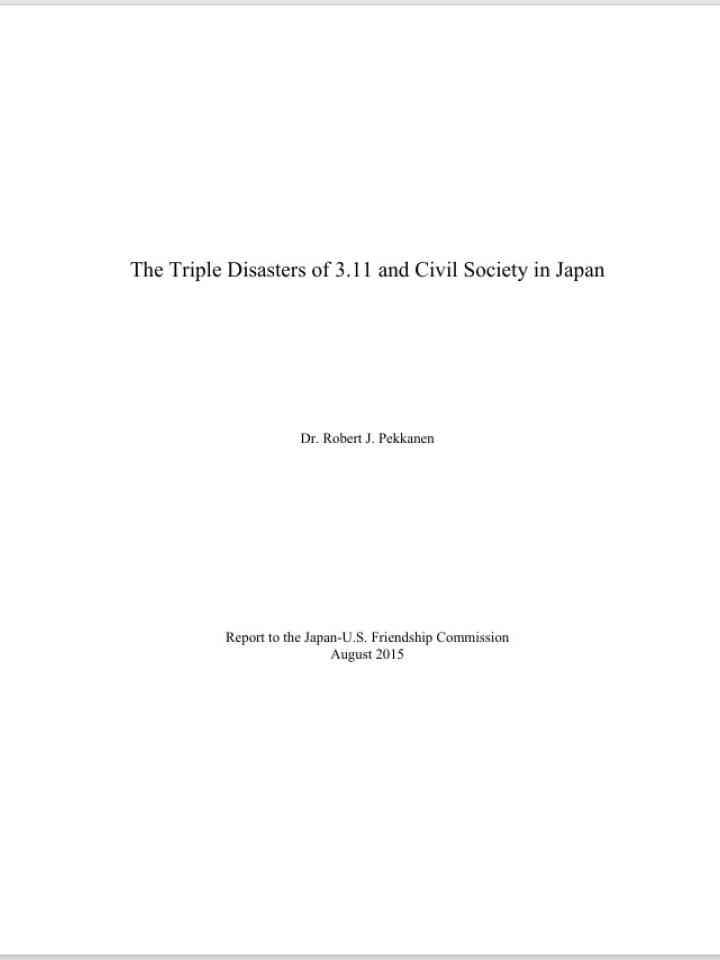The Triple Disasters of 3.11 and Civil Society in Japan
On March 11, 2011, a magnitude 9.0 undersea earthquake off of the northeast coast of Japan triggered a massive tsunami and a nuclear accident. The earthquake is formally named “The Great East Japan Earthquake” but these three connected events are now commonly collectively referred to by the date etched into public memory, “3.11,” or sometimes as “the triple disasters.” Wherever we look in Japan, we can trace out legacies of the disaster. Some of these were immediate and direct, while others manifested later or as secondary effects. The meltdown in Fukushima pushed regulators to take nuclear plants off line, necessitating deep cuts in energy usage and spurring a national debate about Japan’s energy policy that continues to this day. Politically, the triple disasters sank Naoto Kan’s premiership, and saddled the DPJ with a reputation for incompetence it has yet to fully shed—arguably paving the way for the LDP’s return to power and even Prime Minister Abe’s revision of security legislation.
Civil society is a natural area to examine for change after the triple disasters. For one thing, civil society organizations were on the front lines in disaster relief, and also integral in channeling the massive outpouring of support for the Tohoku region in particular and Japan more generally. We have reason to believe that natural disasters can produce change in civil society, also because there is already a powerful example—the 1995 Kobe earthquake. Government relief efforts were widely perceived as stumbling or inadequate, and a huge number of volunteers rushed to the area to help the victims. In fact, 1995 has been called “Year 1 of Volunteering” (borantia gannen).
This report is structured in several sections. First, the report provides background with an overview of civil society organizations and philanthropy in Japan. Against this backdrop, the immediate, near-term and long-term effects on civil society in Japan are drawn more clearly. The Appendix for the report considers the analysis in the context of ideas for growing Japan’s civil society sector.
Explore further
